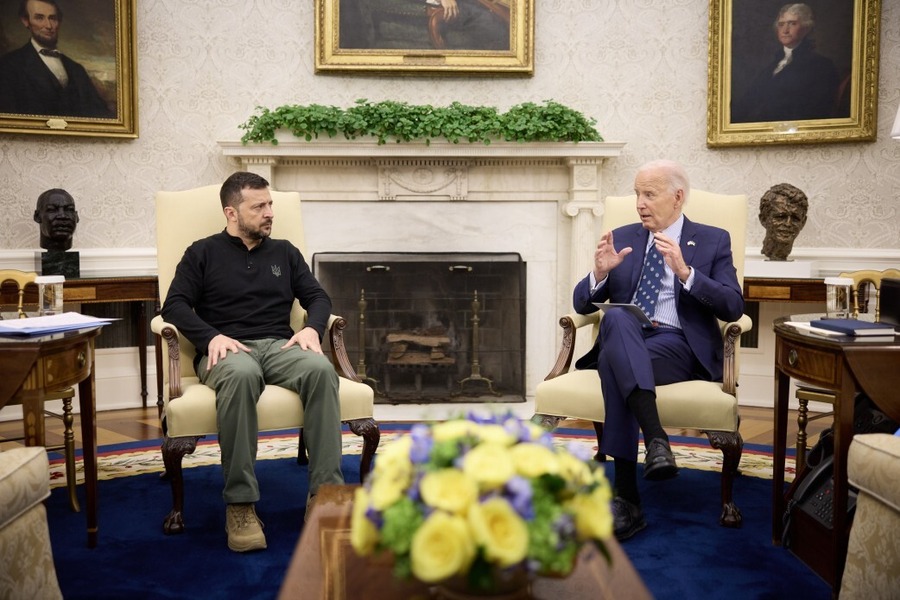The ISIS Expulsion and the AUMF
Karen DeYoung and Greg Miller report in the WP that Al-Qaeda’s recent expulsion of the Islamic State of Iraq and Syria (ISIS) has raised questions about whether the AUMF “still applies” to ISIS.
Published by The Lawfare Institute
in Cooperation With

Karen DeYoung and Greg Miller report in the WP that Al-Qaeda’s recent expulsion of the Islamic State of Iraq and Syria (ISIS) has raised questions about whether the AUMF “still applies” to ISIS. “According to some administration lawyers and intelligence officials,” they report, “the expulsion of ISIS removes the group from the short list of al-Qaeda ‘associates’ that the president has virtually unlimited powers to strike under a law passed days after the Sept. 11, 2001, terrorist attacks.” These statements imply that the administration had determined, prior to the ISIS expulsion, that the AUMF authorized the President to use force against this group that operates in Syria. That is news to me, and it highlights the non-transparent method by which the Executive determines with whom we are at war. Does Congress know that the Executive branch had determined that the AUMF authorized force against ISIS? Did the Senate Arms Services Committee know? (When DOD officials suggested at a SASC hearing last May that the AUMF authorized force against the Nusra Front in Syria, many Senators on the SASC expressed surprise.)
The main point of the story is the increasing fragility of the AUMF. Zawahiri’s expulsion of ISIS, by calling into question its status as an AQ associate, makes it more difficult as a legal matter for the USG to use force against ISIS. DeYoung and Miller report that some in the administration “think ISIS can still be targeted because of its long-standing al-Qaeda ties and parallel ambitions.” But this would probably be stretching the AUMF too far, leaving the President either to act under Article II is ISIS presented a serious threat, or not act at all. In that connection, DeYoung and Miller also report that “Obama remains leery of justifying drone strikes and other types of military action with constitutional powers he accused his predecessor, George W. Bush, of overusing” – namely, inherent Article II powers. It has always puzzled me why President Obama is leery of using Article II in counterterrorism operations where U.S. safety and security are at stake, but not in humanitarian operations as in Libya and the threatened action in Syria.




.jpg?sfvrsn=8588c21_5)
